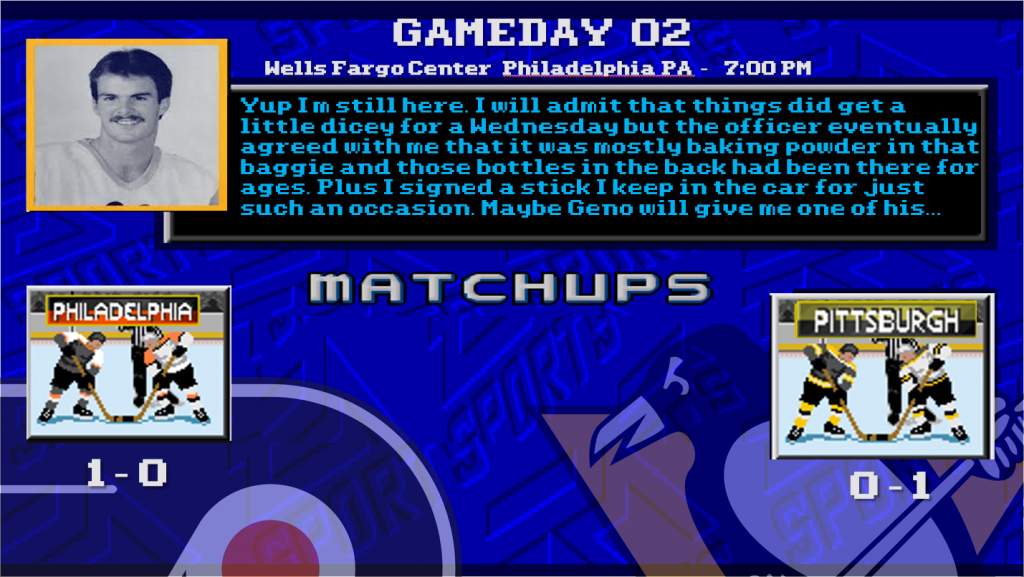

The good news is that no one was injured in Game 1, and scoring three goals is usually enough to win a game on any given night. The bad news is, and stop me if you’ve heard this before, that the Pittsburgh Penguins fell apart defensively and disappeared late in the game.

In spite of Brandon Tanev tying the game at 3 early in the third, the Philadelphia Flyers were either undaunted or knew to just wait the Penguins out. In either event, they scored the last three goals of the game, including two in twenty seconds, and just like that the Penguins are 0-1 in the standings.
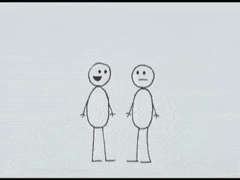
Heading into the regular season, there were many questions about the team, many of which were highlighted in Wednesday’s loss. Unfortunately none of these questions are particularly new, questions like: how will the goaltenders fare?; will the team be better equipped to support the goalies and prevent scoring chances and goals?; will the bottom six provide enough production to enable head coach Mike Sullivan to balance out the ice time?; will the coaching changes bring about better tactics and flexibility? If Game 1 is any indication, we might be disappointed. They’re going to say, “Give them a few games to work out the kinks,” but the performance I saw on Wednesday evoked the last few seasons’ of Penguins hockey.

Case in point: once again the Penguins were able to dominate play from a shooting perspective, outshooting the Flyers 34-25, including 30-20 at 5-on-5. However, scoring chances were split evenly at 20 (all situations) and the Flyers edged the Penguins on high-danger scoring chances 10-8. That last metric is going to be something to keep an eye on as the season progresses, because it is an indication of just how well or poorly the Penguins are doing at keeping their opponents out of that high-danger area just in front of goal. Tristan Jarry allowed five out of the Flyers six goals from high-danger chances, which is horrific. This cannot persist, but I have a feeling it’s going to be a running theme for a little while, if not all season.
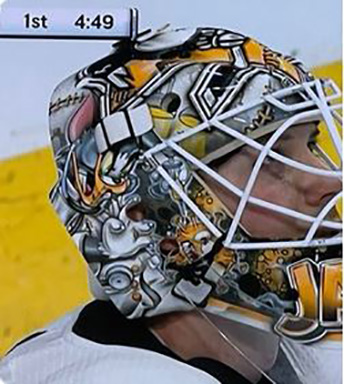
Although I did not catch all of the game either watching or listening, the initial impression I got was that the Penguins were unable to maintain consistent pressure in the offensive end, a trait they have developed in recent seasons, but that turned out to not be the case. They had a few good sustained stretches, particularly in the first forty minutes, although the goals they scored came at the start of those stretches and not as a result of them. Again, I am encouraged to see that the Tanev goal early in the third period came at the end of a push by the Flyers, but again, the Penguins let the Flyers back into the game and that’s no good. If I ever have the time, I want to find out what the Penguins’ third period shooting and save percentages have been in the past, and the associated win-loss record, because it just feels like the third period has been a disaster for them for a few years.
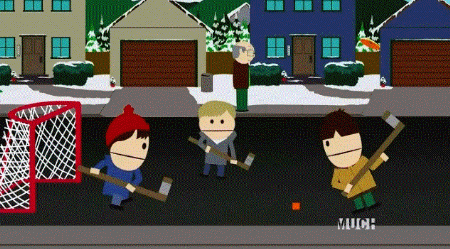
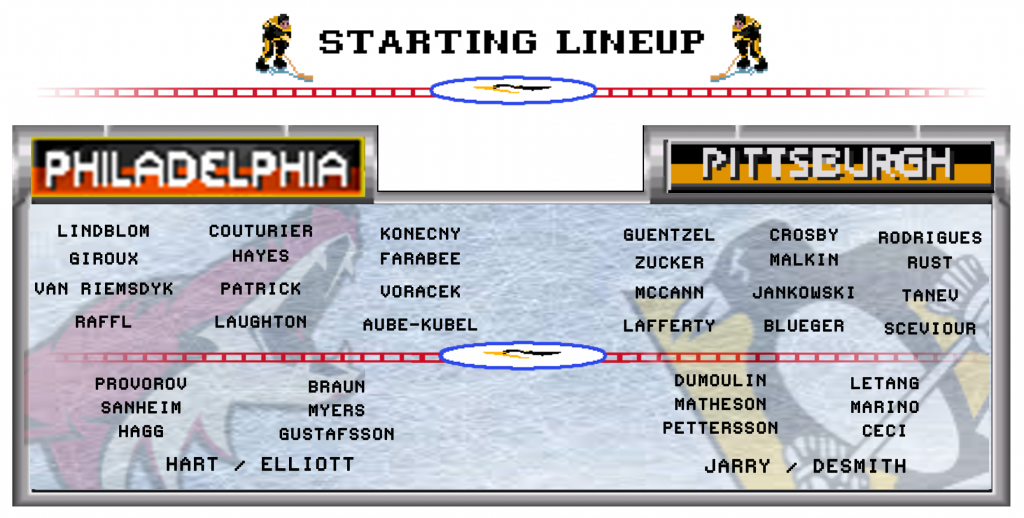
It is great to see that the third line of Tanev, Mark Jankowski, and Jared McCann was able to produce their asses off in Game 1. It is an encouraging sign for a team that has been desperate for a consistently-productive third line for a few seasons, and if they can keep up the good work then there won’t be as much to worry about so long as the defense and the goaltending can hold it together. You also would hope for better performances out of the top two lines, which were kept at bay by the Flyers on Wednesday. Lastly, I don’t think the last minute decision to flip Marcus Pettersson and Mike Matheson was the best decision, but I’m sure there was a reason for it. Probably not a great reason, but the Matheson-Marino pairing was the only of the three that was on the ice for two goals against.
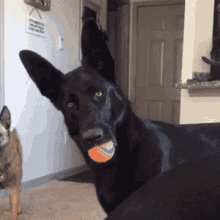
It was just one game, and I think we’ve seen enough of these first few games over the years that we might not have to worry so much about it. However, it being a shortened season each game carries a little more value. Lose tonight, and the Penguins will fall to 0-2 for the first time since they started the 2015-16 season 0-3. Of course, that 2016 team would go 10-2 over the next twelve games, and have a helluva March en route to a Stanley Cup, so maybe it won’t be all bad. Still, I think we’d all appreciate a convincing win against the rival Flyers?


